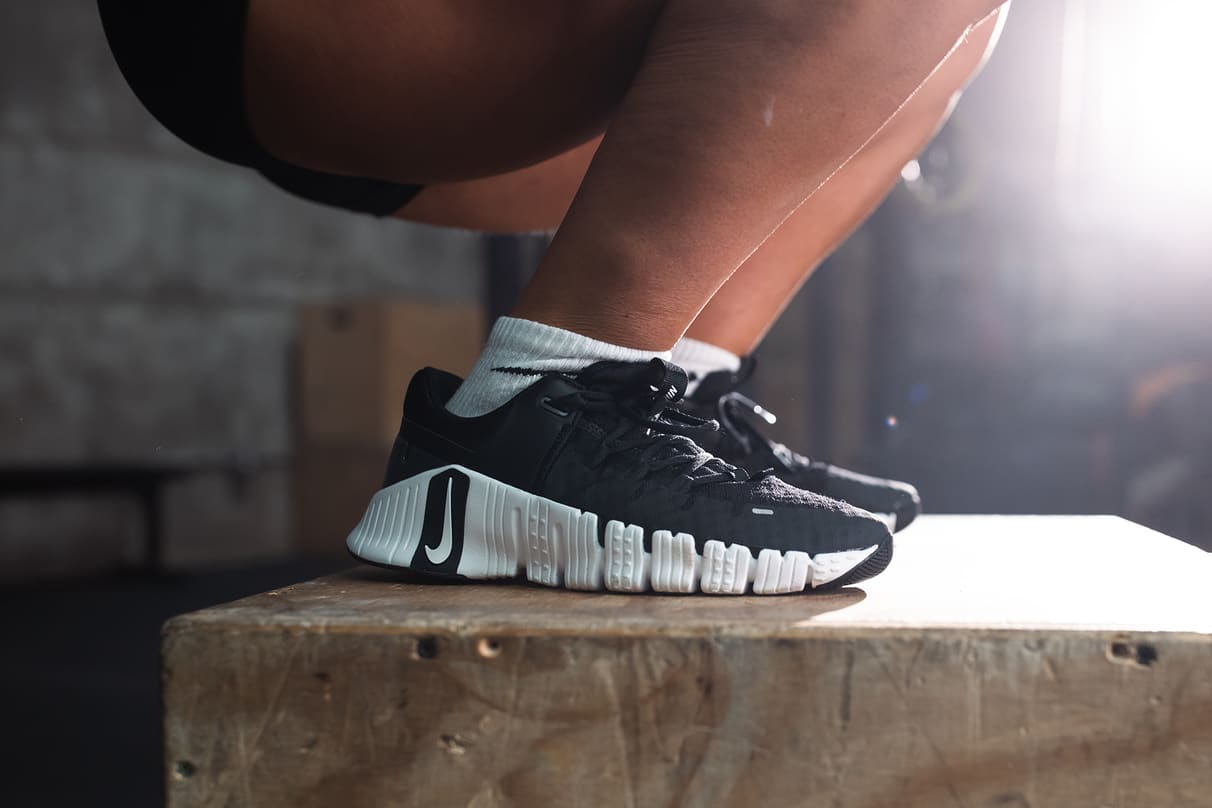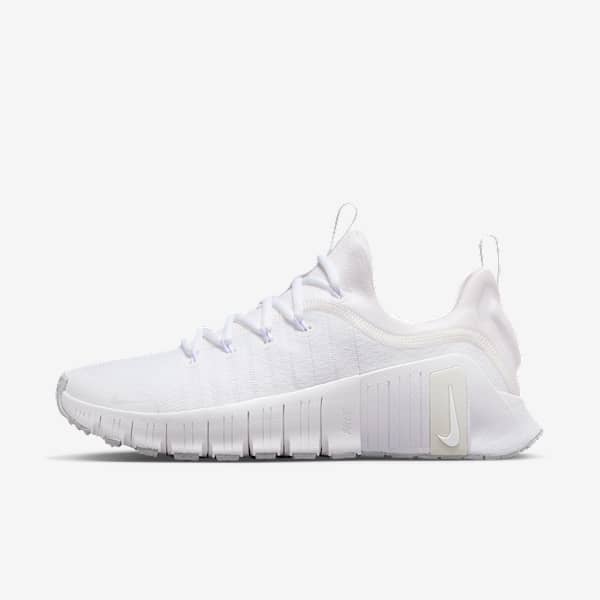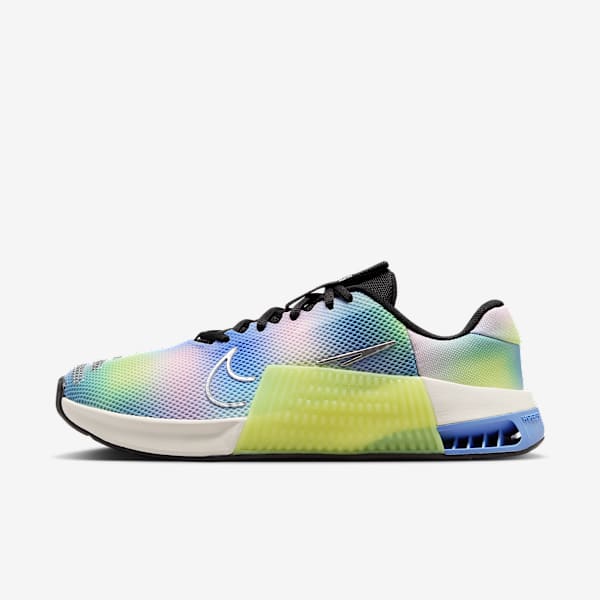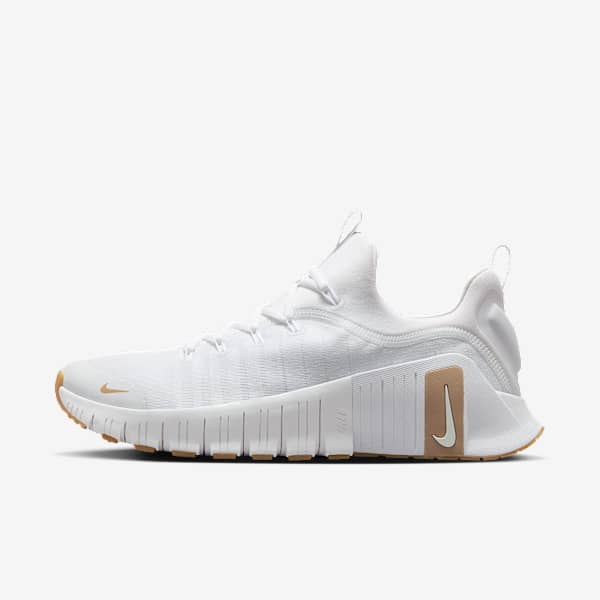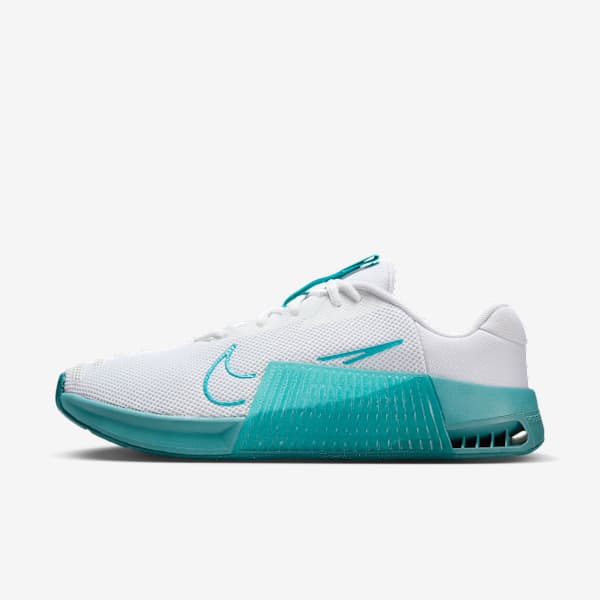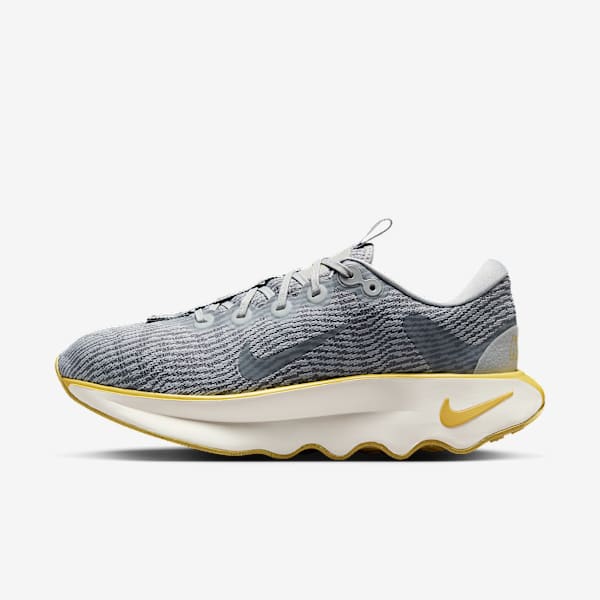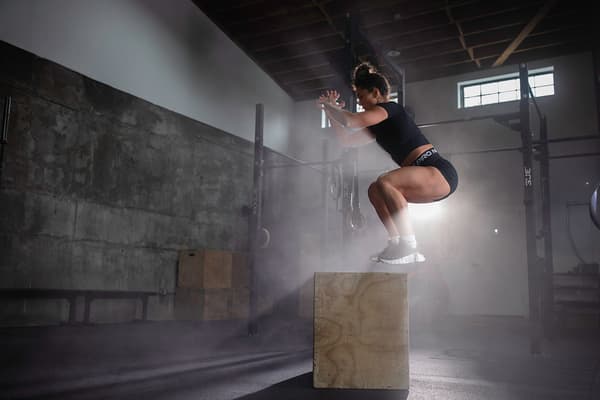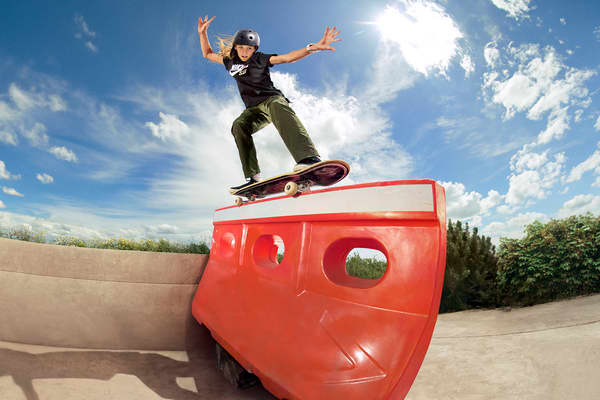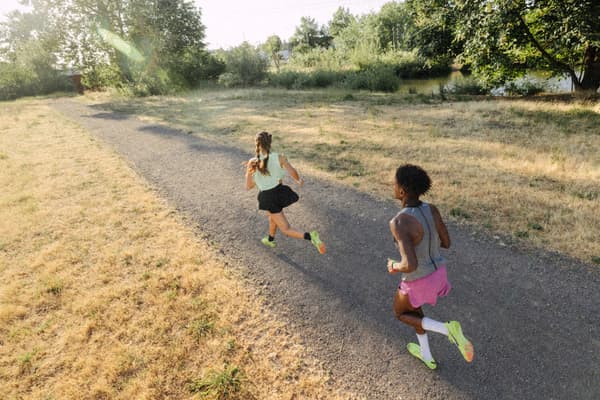The Best Nike Shoes for Dedicated Cross-Training Workouts
Buying Guide
These well-rounded kicks will support your workout needs.
This is a modal window.
Cross-training shoes are like the Swiss Army knives of apparel. Multipurpose, they support various types of movement, from weightlifting and running to rope climbing. So, you can segue smoothly from squatting to sprinting in one exercise session without changing your shoes. The best footwear for cross-training is versatile and strikes a balance between stability and flexibility, cushioning and grounding. Here’s how to find your next pair of these all-purpose kicks.
What qualities should I look for in cross-training shoes?
During your shoe hunt, prioritize these features.
- Grip: A durable rubber outsole with a treaded pattern will help give you traction, which is key with rope-climbing, running, and lifting heavy weights. If you rope climb, seek shoes with a rope guard or wrap.
- Lightweight: For cardio sessions (like HIIT, running, or plyometric training), you’ll need shoes that won’t bog you down.
- Stability: Seek out shoes that help promote balance, solid footing and a sense of grounding. To that end, look for a wide toe box and outsole (so your toes can splay naturally), minimal heel-toe drop, and a moderate amount of cushioning. Uppers with straps or a wraparound outsole are also ideal since they’ll help keep your feet in place.
- Flexibility: Since cross-training often involves multidirectional movements (like side-to-side lunges and side shuffles), look for midsoles with some give. “Flexibility is key when it comes to cross-training shoes,” says Jake Bennett, global footwear product line manager at Nike. “This allows you to attack a wide range of versatile movements to get you through multiple workout activities to keep your workouts new and fresh.”
Which shoes does Nike recommend?
Consider these Nike cross trainers to help support all your workouts.
For Men
Nike Metcon 9 (Team) Workout Shoes
Lightweight and breathable, these shoes feature responsive foam cushioning to support you during hard cardio and a plate in the heel to promote stability while weightlifting. The durable rubber outsole and rope wrap help with traction.
Nike MC Trainer 2 Workout Shoes
The flat base of these shoes is thicker under the heel for stability during weight lighting and thinner in the front for flexibility during cardio. Support wraps from the heel up to the sides help keep your feet in place, while rises at the sides work to brace your feet during lateral movements. The rubber tread-patterned outsole and rubber traction on the sides lend grip.
Nike Air Max Alpha Trainer 5 Workout Shoes
Here, cushioning comes from a foam midsole with a Nike Max Air unit at the heel. Meanwhile, a flat, wide outsole with a rubber tread pattern and rubber wraps up the sides promote stability. Flex grooves in the forefoot were designed to support lunges.
For Women
Nike Free Metcon 5 Workout Shoes
Thanks to Nike Free technology, these sneakers offer flexibility in the forefoot to support agility moves. At the same time, they provide stability, thanks to a wide heel and molded heel clip. The rubber tread helps with traction, and the foam core helps with cushioning.
Nike Air Max Bella TR 5 Workout Shoes
For stability, these shoes feature a tread-patterned flat rubber outsole and stretchy strap to keep your feet in place. At the same time, they support side-to-side movements, thanks to raised edging. A foam midsole with a Nike Max Air unit in the heel provides cushioning.
Nike Versair Workout Shoes
A horseshoe-shaped Nike Zoom Air unit makes these sneakers super-flexible so that you can move naturally. Foam cushioning in the midsole helps soften the impact of cardio movements, while the traction-patterned outsole contributes to stability.
Frequently Asked Questions
Is it OK to wear running shoes for cross-training?
Yes, but within limits. Running shoes tend to include a higher heel drop and lots of cushioning, which help protect feet and absorb shock from high-impact movements. In contrast, cross-training shoes call for a thinner midsole, with enough cushioning for cardio but not so much that you won’t feel grounded while weightlifting. So, if you wear running shoes during cross-training, you’ll have less solid footing when squatting and deadlifting. Plus, if you rope climb in CrossFit, running shoes aren’t ideal—they don’t feature rope guards.
“Running shoes can work if you plan on incorporating runs into your workouts,” Bennett says. “However, cross-training shoes are recommended, like the Free Metcon, which is built to support you through your workouts in the gym to give you stability while still providing flexibility and comfort for shorter runs and cardio activities.”
What about cross-training shoes for long runs?
It’s worth picking up a pair of running shoes since they offer more supportive cushioning for your feet and joints. Plus, running shoes tend to be lightweight and include advanced features promoting speed and energy return.
Are cross-training shoes good for CrossFit?
Yes. Since cross-training shoes are designed for multiple forms of movement (a defining feature of CrossFit), they’re an ideal choice.
Words by Dina Cheney
